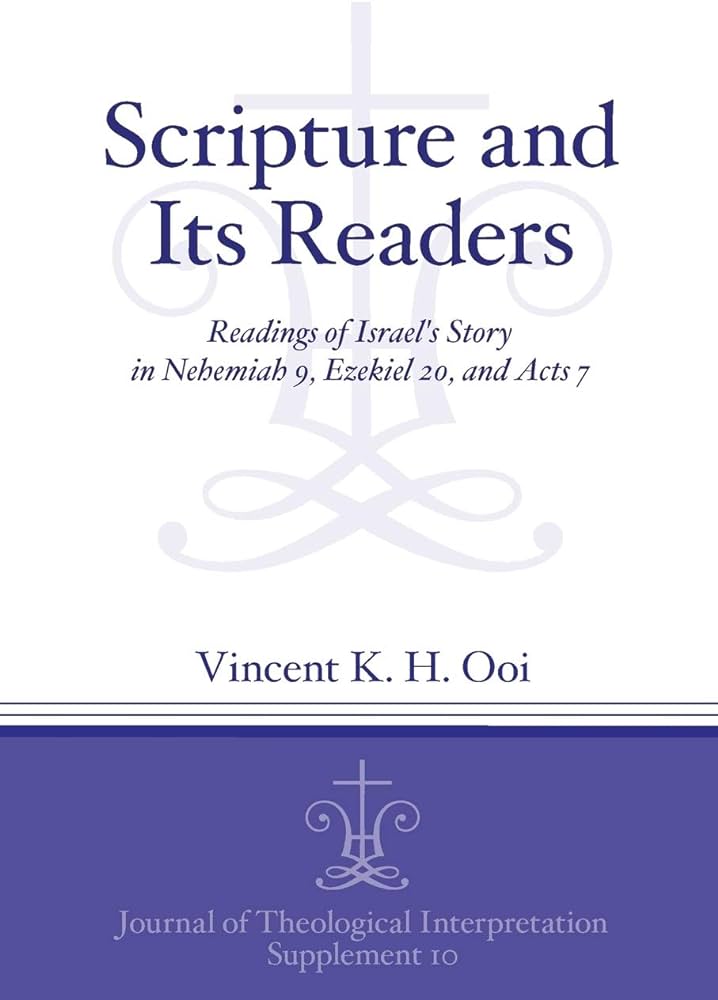

Most ebook files are in PDF format, so you can easily read them using various software such as Foxit Reader or directly on the Google Chrome browser.
Some ebook files are released by publishers in other formats such as .awz, .mobi, .epub, .fb2, etc. You may need to install specific software to read these formats on mobile/PC, such as Calibre.
Please read the tutorial at this link: https://ebookbell.com/faq
We offer FREE conversion to the popular formats you request; however, this may take some time. Therefore, right after payment, please email us, and we will try to provide the service as quickly as possible.
For some exceptional file formats or broken links (if any), please refrain from opening any disputes. Instead, email us first, and we will try to assist within a maximum of 6 hours.
EbookBell Team

5.0
88 reviewsThat readers and biblical texts are somehow linked in a mutually transformative relationship is hardly a novel perception, especially in contexts where the Christian Bible has been received as normative Scripture for faithful worship and living. This study focuses on an aspect of this relationship and wrestles with it not only in theory, but also in practice by asking: How may a reader who wishes to read the Christian Bible as Scripture well today be formed; and how may interpretations of Scripture themselves inform such concern?
Vincent Ooi begins by showing that such concern is not only contemporary but integral to Christian traditions of reading Scripture, and that it is only recently receiving some renewed scholarly attention. He reviews some of these recent works before setting out his own approach from the perspective of theological interpretation of Scripture. He then demonstrates his approach via close exegetical engagement with three biblical texts, namely Nehemiah 9:6–37, Ezekiel 20:5–32, and Acts 7:2–60, which offer different inner-canonical readings of Scripture in the form of distinctive retellings of Israel’s story. He first considers how these texts portray readers of Scripture and use scriptural traditions in relation to the wider context of the Christian canon; he then discusses what they, individually and in concert, might suggest as significant for shaping readers seeking to faithfully appropriate Scripture today. The posture of prayer, the pulse of liturgy, and the patterning of Christ are among the things proposed as formatively significant.